
Image Source chetspest.com
Florida, a state known for its sunny beaches, vibrant nightlife, and abundant wildlife, is also home to a less desirable resident – termites. These tiny, yet destructive insects can wreak havoc on homes, causing extensive damage and costly repairs. So, when is termite season in Florida? In this comprehensive guide, we’ll take a closer look at the termite season in the Sunshine State, discussing key factors, prevention strategies, and treatment options. Whether you’re a homeowner, a real estate agent, or simply curious about these resilient pests, this article will equip you with the knowledge to protect your property and stay one step ahead of termite infestations.
The Basics: Understanding Termite Behavior and Their Seasonal Patterns
Before diving into the termite season specifics, let’s first delve into the basics. Understanding termite behavior and their seasonal patterns is crucial in identifying potential infestations and taking appropriate preventive measures.
Termites, often referred to as “silent destroyers,” are social insects that live in large colonies. They feed on cellulose-rich materials such as wood, plants, and paper, making homes an ideal feeding ground. In Florida, the primary types of termites that pose a threat to properties are the subterranean termites, drywood termites, and Formosan termites. Each type has its own distinctive characteristics and seasonal preferences.
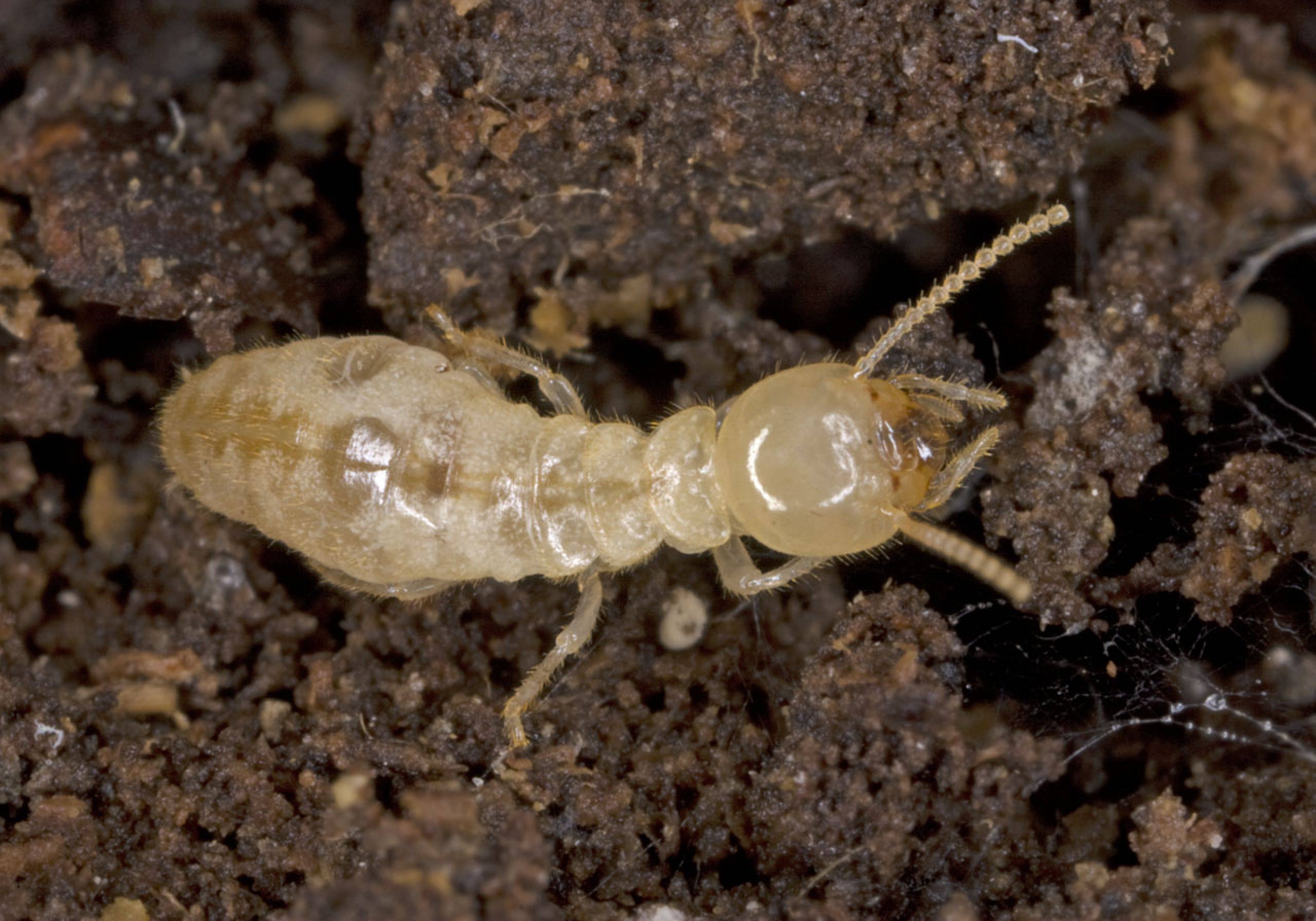
Image Source alchetron.com
Subterranean Termites: These underground dwellers are the most common and destructive type of termites in Florida. They thrive in moist environments and construct mud tubes to travel above ground in search of food. Subterranean termites are active year-round but tend to peak during the warmer months when humidity levels rise.

Image Source www.millspestmanagement.com
Drywood Termites: As the name suggests, these termites infest and feed on dry wood. Unlike subterranean termites, drywood termites do not require contact with soil or water sources. They can survive without the need for direct ground access. Drywood termites typically swarm in the late summer and early fall, making this time of year crucial for inspections and preventive measures.
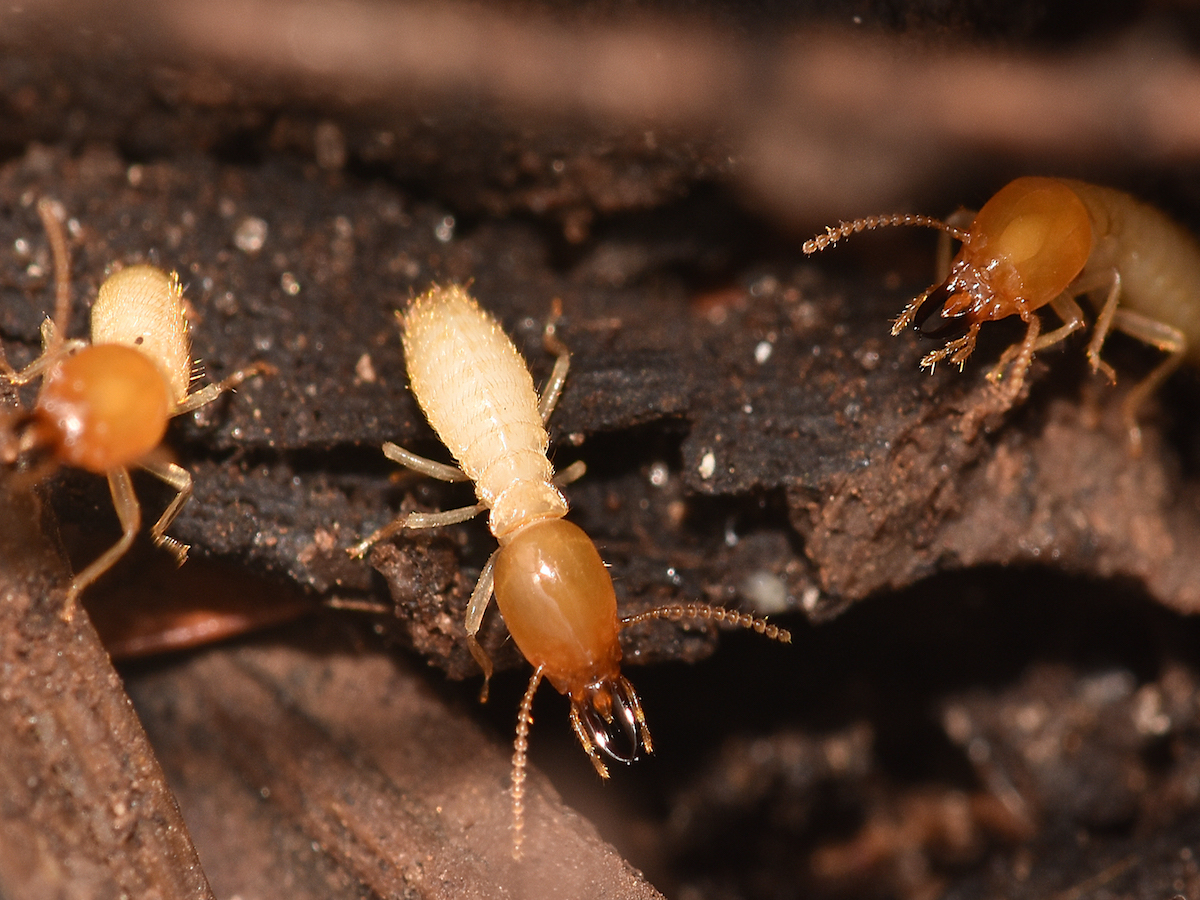
Image Source www.pestworld.org
Formosan Termites: Recognized as one of the most destructive termite species, Formosan termites pose a grave threat to properties in Florida. They are known for their aggressive feeding habits and large colony sizes. Formosan termites create intricate carton nests within structures and require constant moisture to survive. These destructive pests are active year-round, with a peak during the warm and rainy seasons in Florida.
The Seasonal Swarm: Termite Activity Throughout the Year
Spring: Spring marks the beginning of termite swarming season. As temperatures rise, subterranean and Formosan termites become more active. Winged termites known as “swarmers” emerge from mature colonies, seeking to establish new colonies and reproduce. This swarming event often indicates an existing termite infestation, making it a crucial time for homeowners to be vigilant and seek professional inspections.
Summer: Florida’s hot and humid summers provide the ideal conditions for termites to thrive. Subterranean termites continue their destructive activities, with worker termites foraging for food and expanding their colonies. Drywood termites, while less active compared to subterranean termites, may still be spotted during this season. Regular inspections and preventive measures are essential during summer to detect and treat termite infestations early.
Fall: As temperatures start to cool down, termite swarmers begin to appear again, particularly drywood termites. These reproductive termites take flight in search of suitable nesting sites. Homeowners should remain vigilant and promptly address any signs of swarming termites, such as discarded wings or small piles of fecal pellets known as frass.
Winter: Winter in Florida brings relief from the scorching heat, but it doesn’t mean termite activity ceases. While termite activity may reduce during the winter months, infestations can still persist. It’s crucial to maintain regular inspections and ensure proper maintenance of your property, as termites continue their destructive activities in search of warmth and food.
Protecting Your Property: Effective Termite Prevention Strategies
Now that you have a better understanding of termite behavior and seasonal patterns, it’s time to arm yourself with effective prevention strategies to protect your property from these voracious pests. By implementing the following preventive measures, you can significantly reduce the risk of termite infestations:
1. Eliminate Moisture and Excess Wood
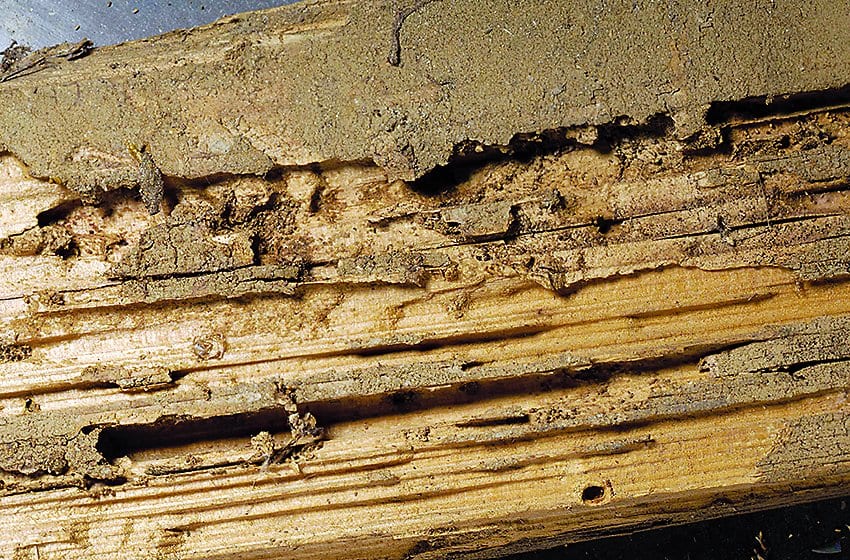
Image Source griggsbrowne.com
Termites thrive in moist environments, so it’s crucial to address any moisture issues in and around your property. Repair leaky pipes, improve drainage systems, and ensure proper ventilation to prevent excess humidity. Additionally, remove any excess wood or timber touching the soil, as it provides an easy food source and entry point for termites.
2. Seal Entry Points and Cracks
Inspect your property regularly for cracks, gaps, or openings in the foundation, walls, and windows. Seal these entry points with caulk or other suitable materials to prevent termites from gaining access to your home. Pay close attention to areas where utility pipes and wires enter your property, as termites can exploit these vulnerable spots.
3. Proper Landscaping and Termite Barrier Installation
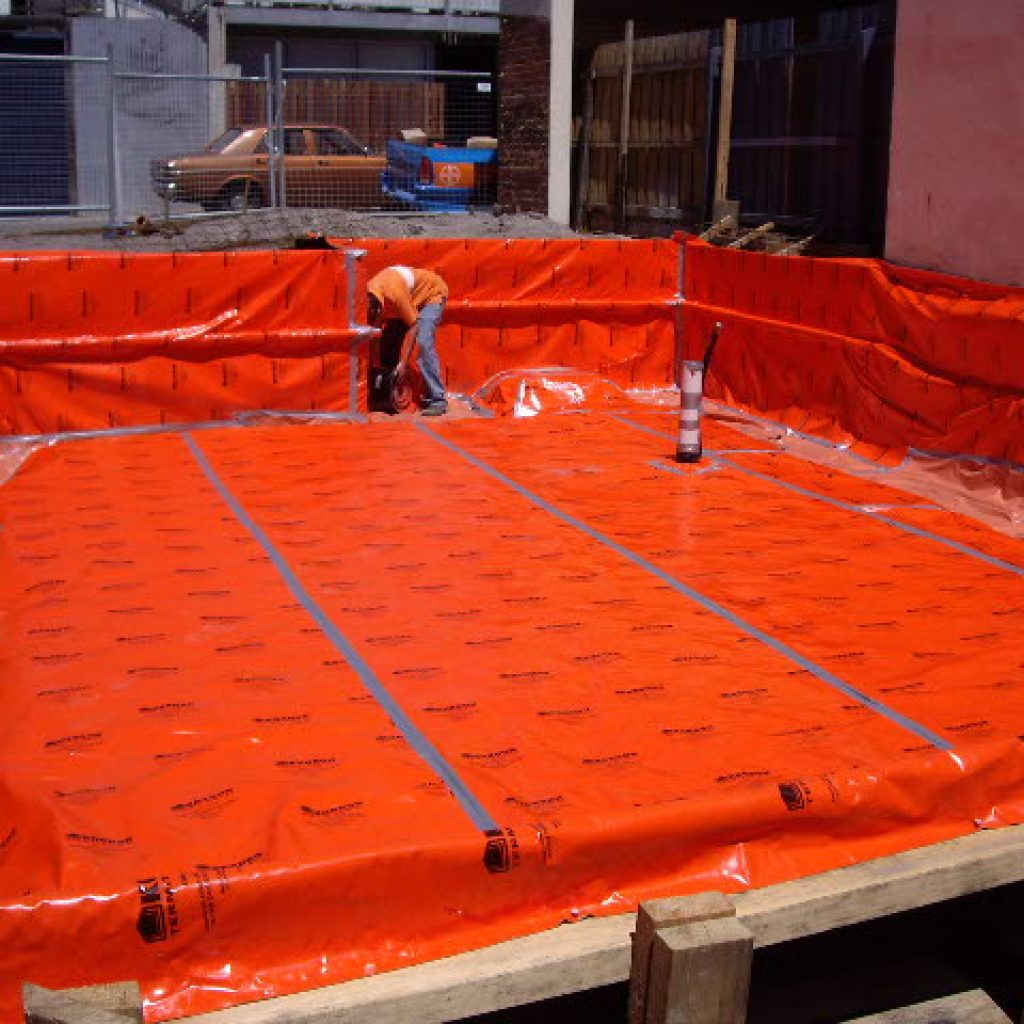
Image Source www.perthpest.com.au
Maintaining a well-kept landscape is not only visually appealing but also serves as a deterrent for termite infestations. Keep plants, shrubs, and trees away from the perimeter of your home, as they can provide a direct bridge for termites to access your property. Consider installing physical termite barriers or treated soil zones during construction or renovation projects for long-term protection.
4. Regular Professional Inspections
While DIY inspections can be helpful, it’s advisable to schedule regular professional inspections by licensed pest control experts. These professionals have the knowledge and experience to identify early signs of termite activity and provide appropriate treatment recommendations. Early detection can save you from costly repairs and extensive damage in the long run.
5. Educate Yourself and Stay Informed
Knowledge is power when it comes to termite prevention. Stay informed about the latest termite control techniques, trends, and seasonal patterns in your area. Regularly check reputable sources such as university extension programs and government agencies for updated information. By staying educated, you can proactively protect your property and swiftly respond to potential termite threats.
Termite Troubles: Recognizing Signs of Infestation and Treatment Options
Despite your best prevention efforts, termites can sometimes find their way into your property. Recognizing the signs of infestation and taking prompt action is essential to minimize damage and control termite populations. Here are common indicators of a termite infestation and treatment options:
1. Visible Termite Swarmers and Discarded Wings
If you notice winged termites swarming in or around your property, it’s a clear indication of an existing termite colony nearby. Look for discarded wings near windowsills, light fixtures, or other areas where swarmers may have gained access to your home. Contact a licensed pest control professional for a thorough inspection and appropriate treatment.
2. Hollow-Sounding or Damaged Wood

Image Source www.greenpestsolutions.com
Tap wooden surfaces in your home, including walls, floors, and furniture. If they produce a hollow or papery sound, it may suggest termite damage within. Inspect wood for small holes, tunnels, or sagging that may signify ongoing termite activity. Consult a professional for a comprehensive evaluation and treatment options.
3. Accumulation of Frass or Termite Droppings
Fecal pellets, often called frass, are small, cylindrical droppings produced by drywood termites. If you come across tiny piles of frass around your property, particularly near wooden structures or furniture, it may indicate an infestation. Avoid disturbing potential termite tunnels or frass accumulation and promptly seek professional termite control services.
4. Tightening or Difficult-Opening Doors and Windows
Termite infestations can cause structural changes within your home, resulting in doors and windows becoming difficult to open or close. If you experience sudden difficulties with the operation of these fixtures, it’s advisable to have a professional inspector assess the situation. Timely intervention can prevent further damage and ensure the safety and functionality of your home.
5. Professional Termite Control Methods
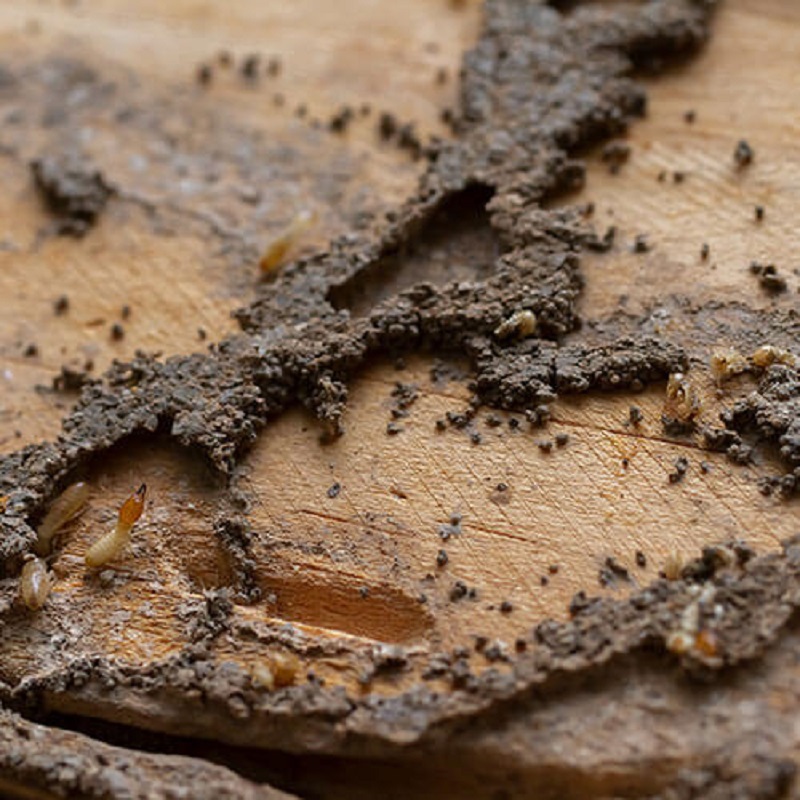
Image Source www.expertpests.com
When faced with a termite infestation, it’s essential to work with professional pest control companies specializing in termite eradication. These experts employ a variety of treatment methods tailored to the specific termite species and infestation severity. Treatment options may include soil treatments, termite baiting systems, fumigation, or localized wood treatments. Discuss the available options with a professional to determine the most effective approach for your particular situation.
Remember, early detection and swift action lead to better outcomes. Waiting too long to address a termite infestation can result in severe structural damage and substantial financial burden. Don’t underestimate the destructive power of these insidious insects; take the necessary precautions to protect your property and family from termite troubles.
Disclaimer: The information provided in this article is for educational purposes only. It is not intended as professional advice and should not substitute consultation with licensed pest control professionals or other qualified experts.